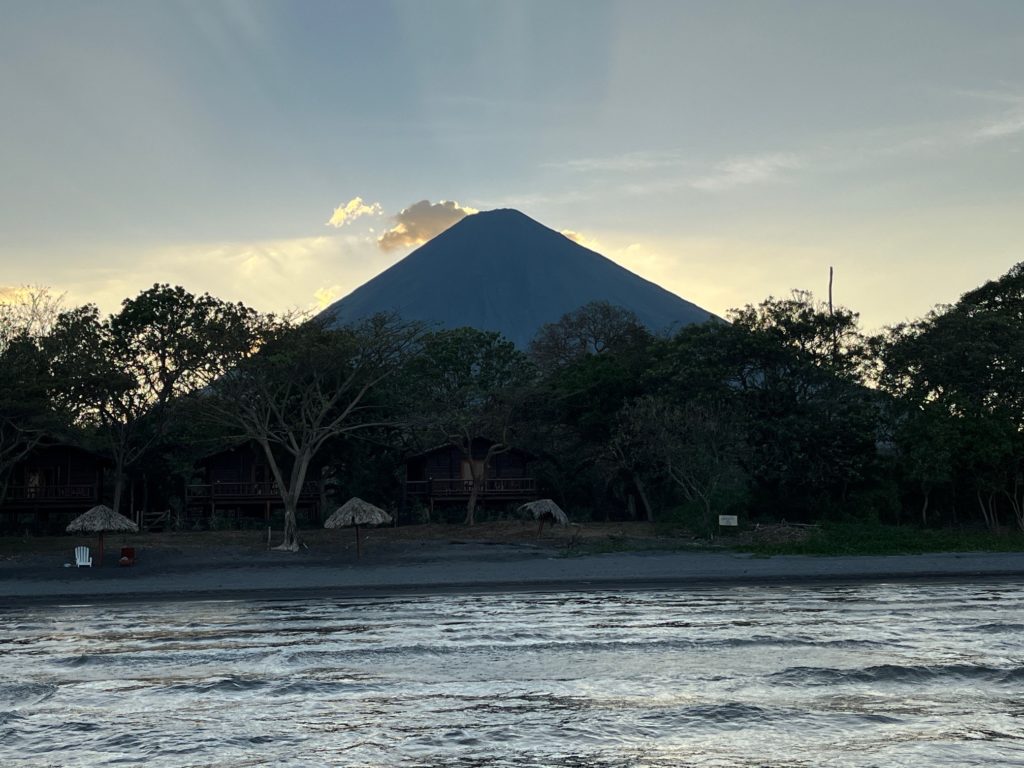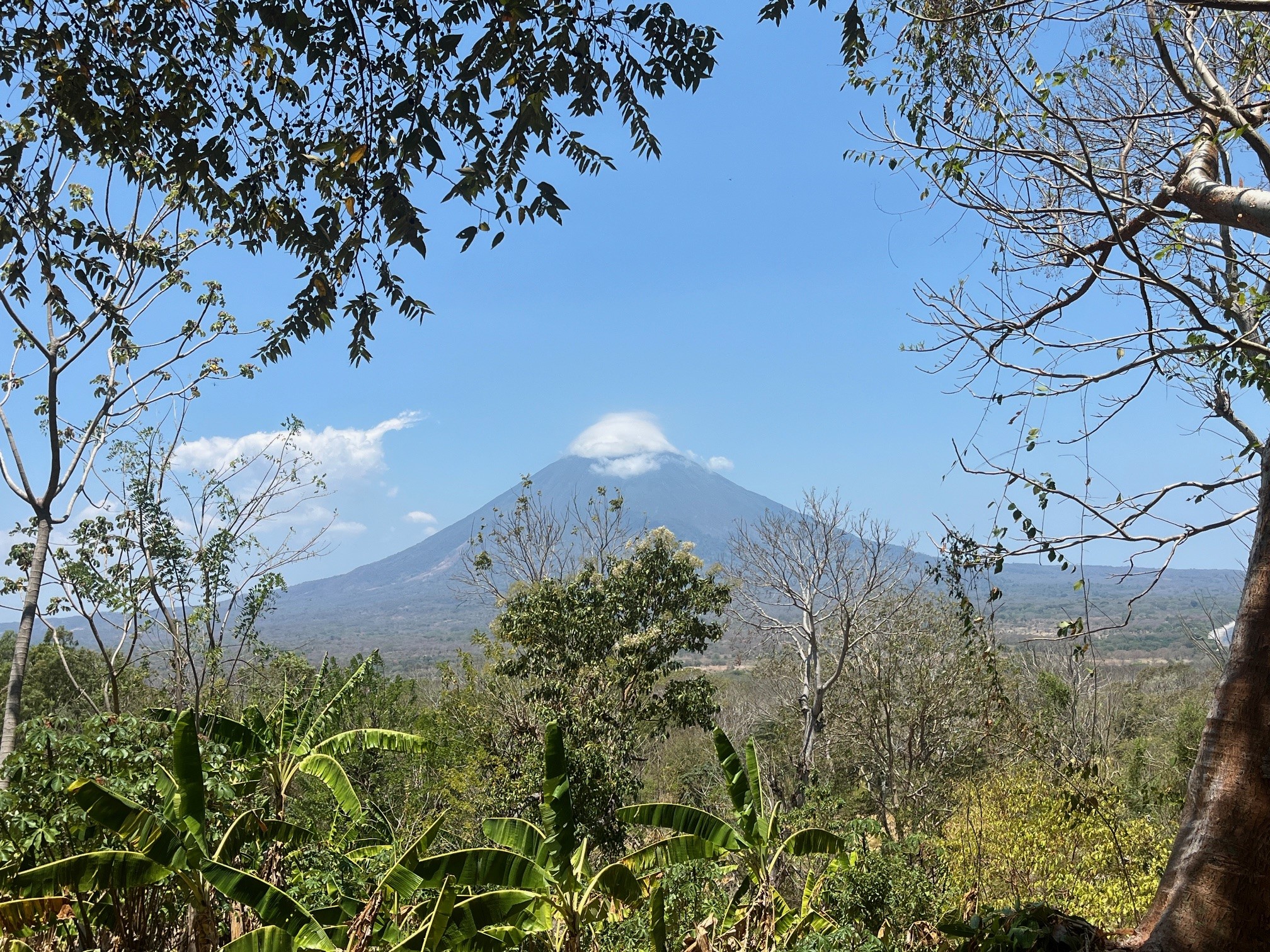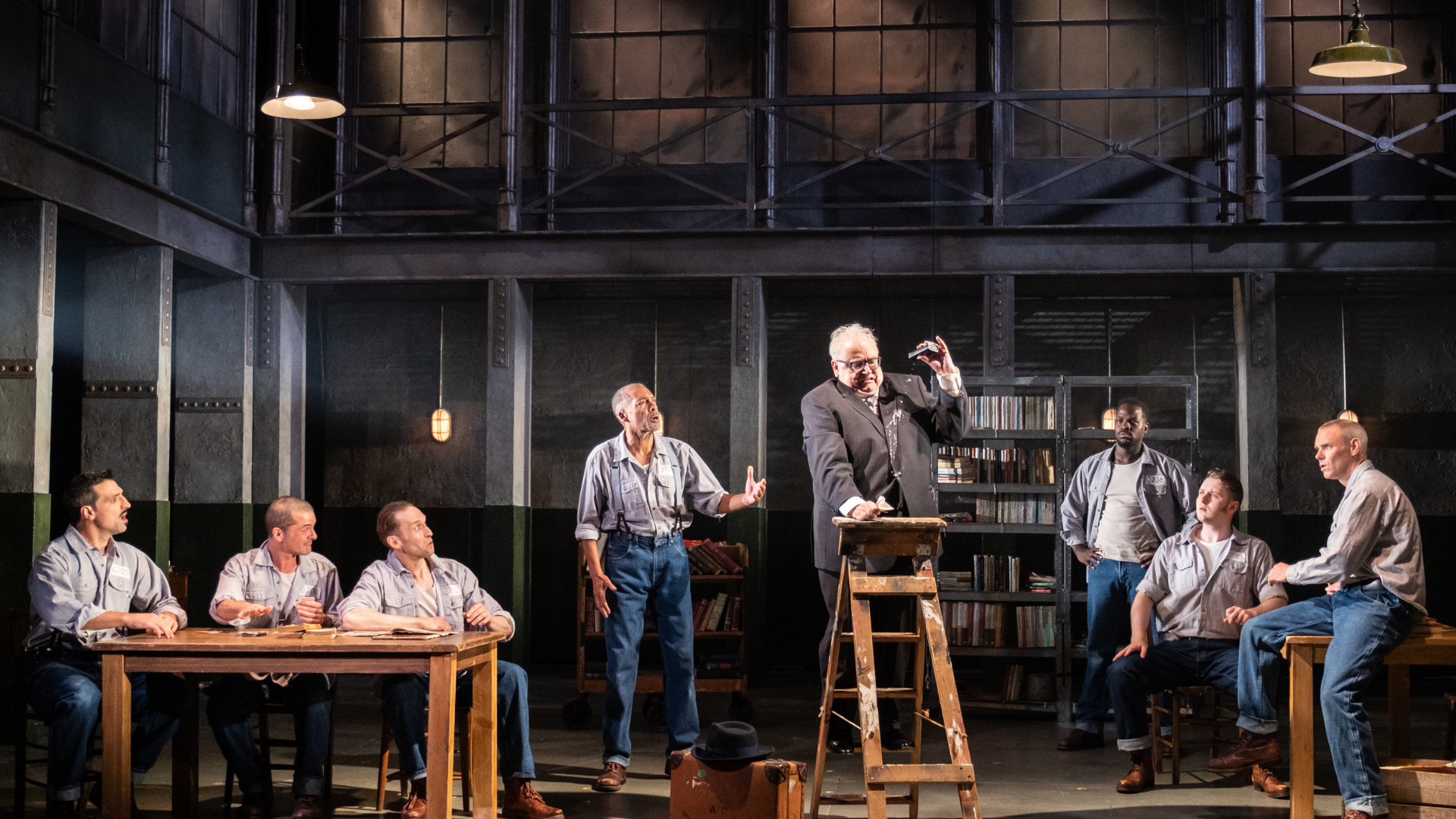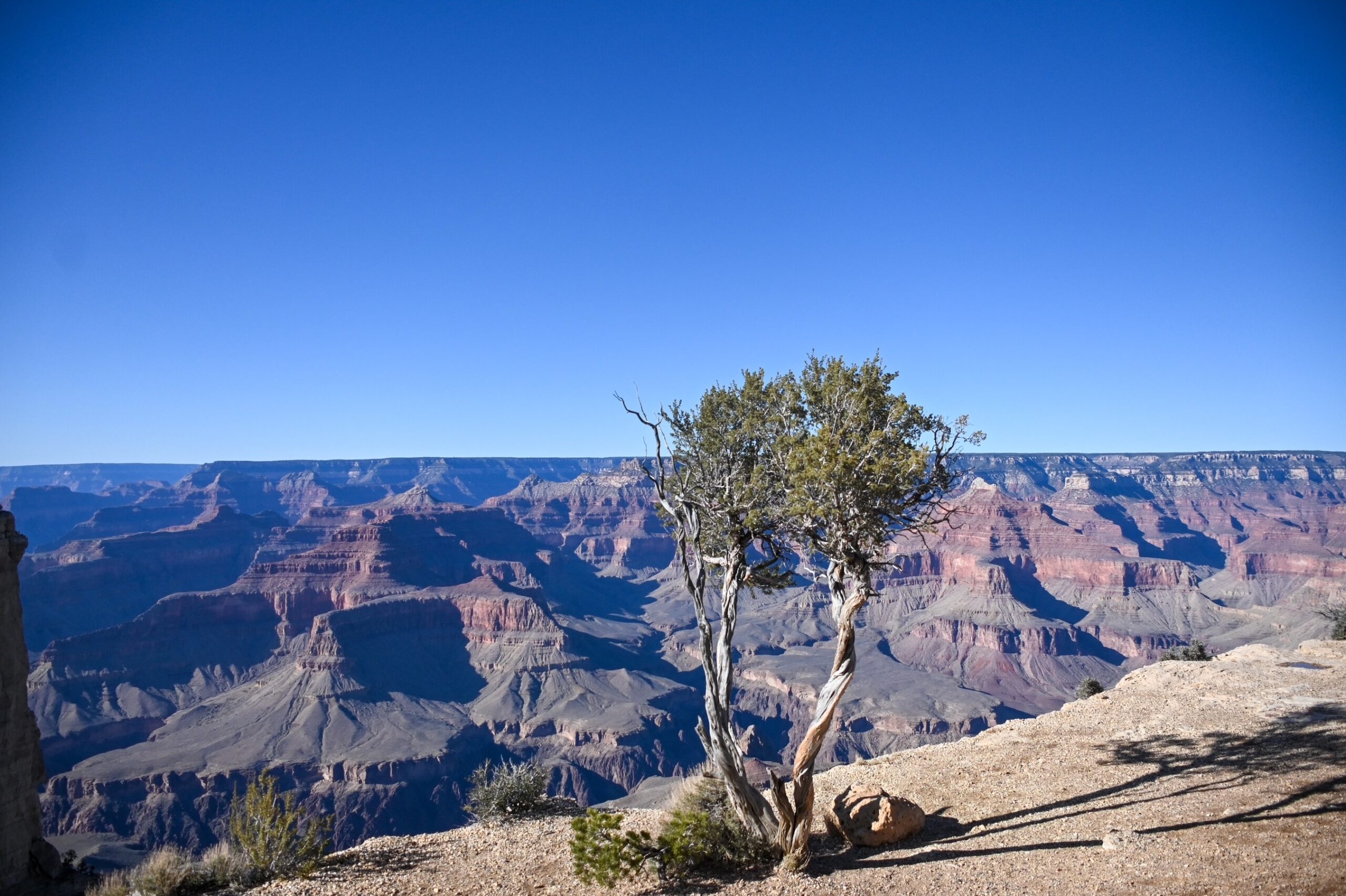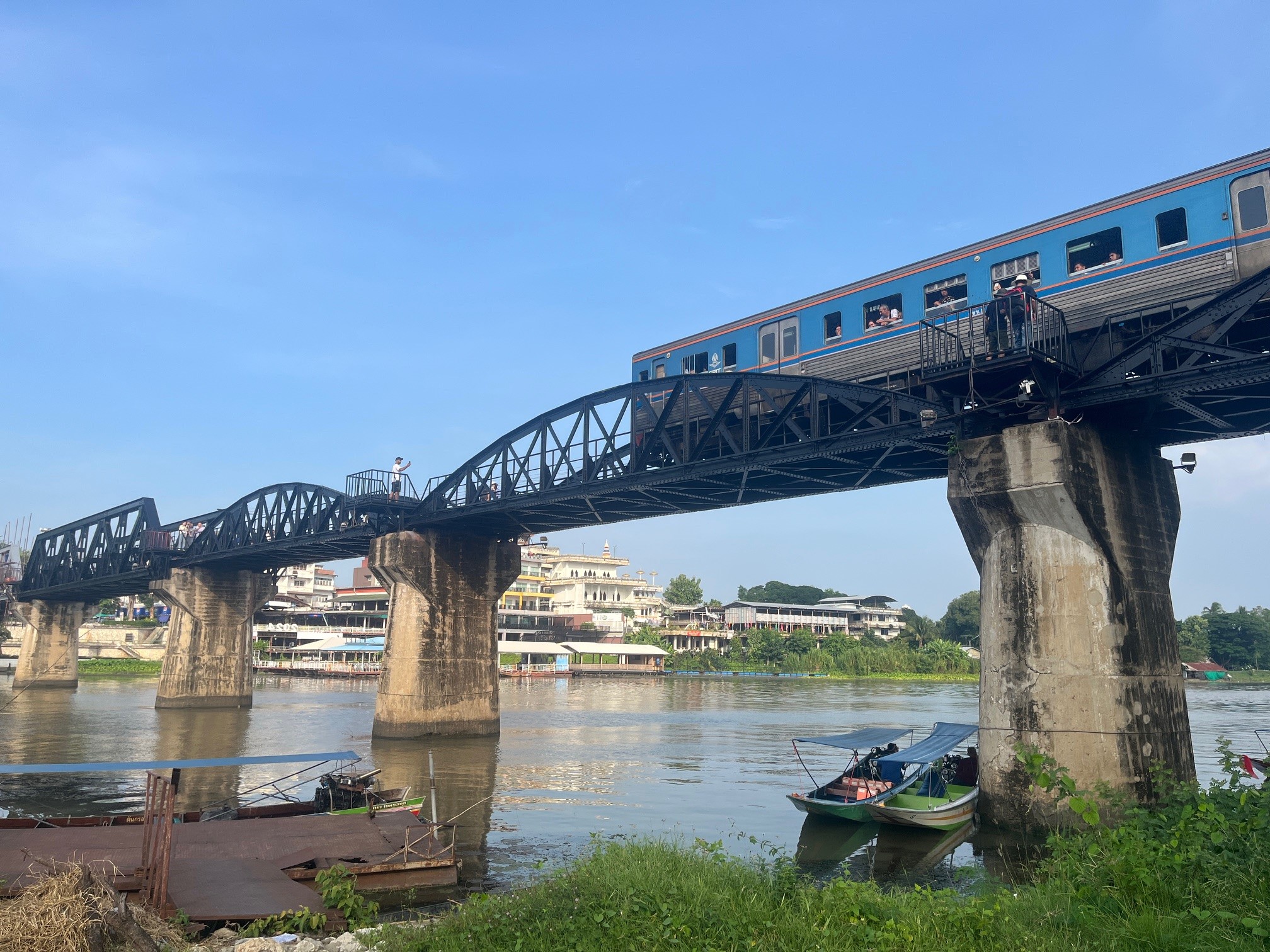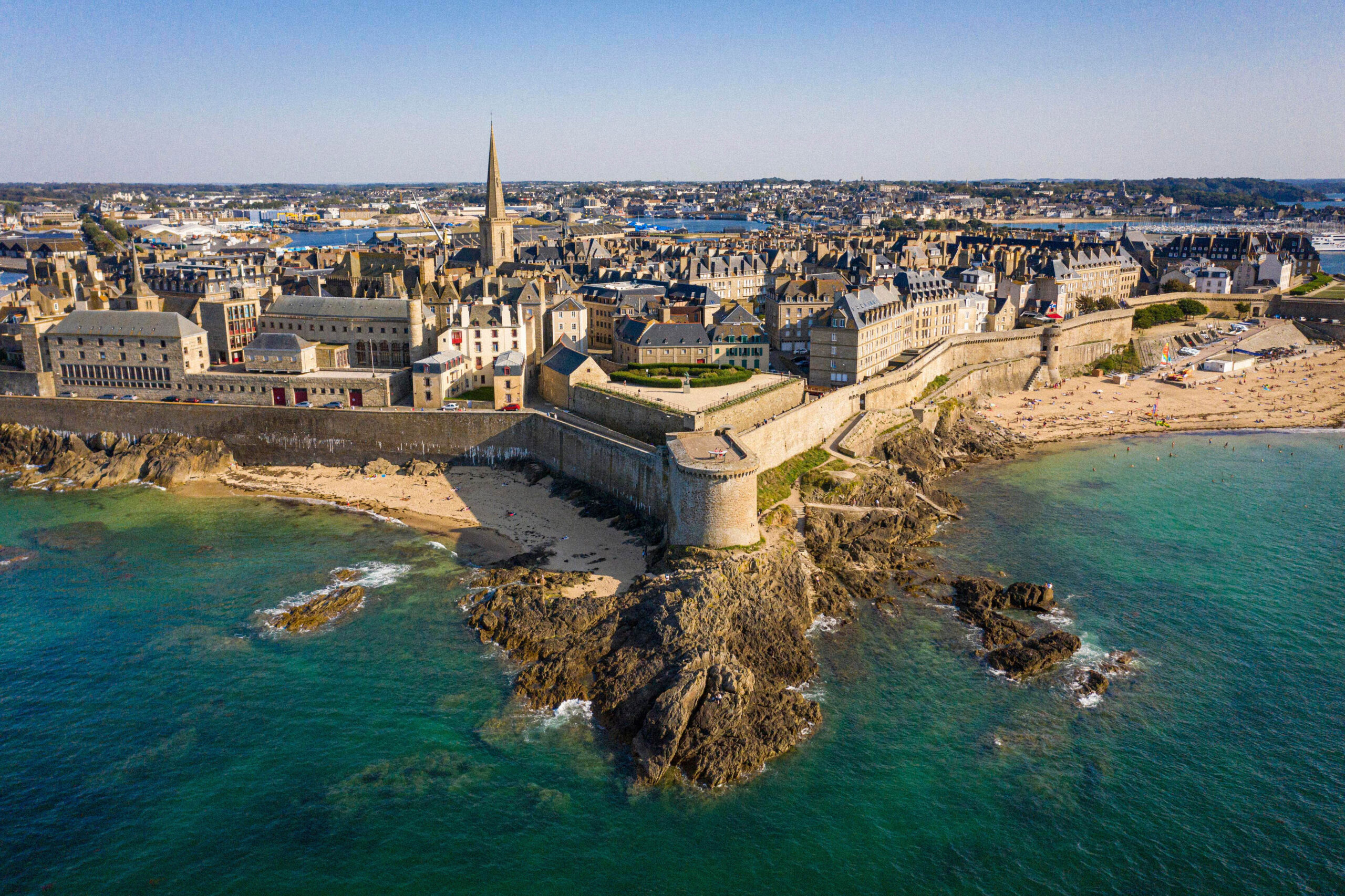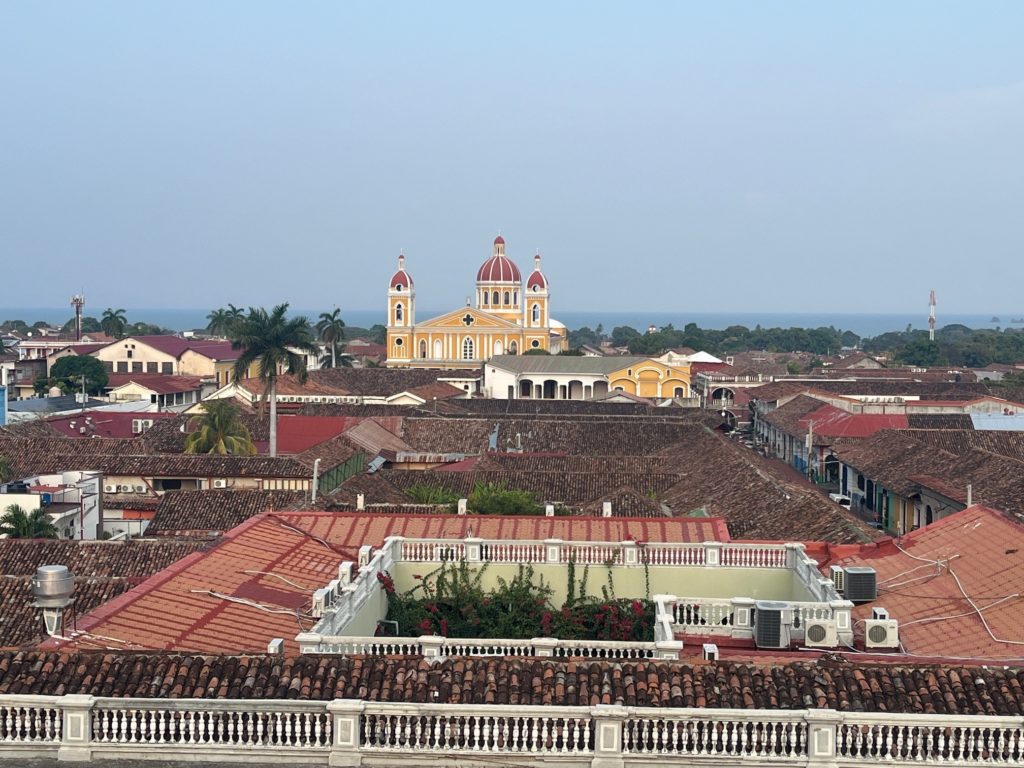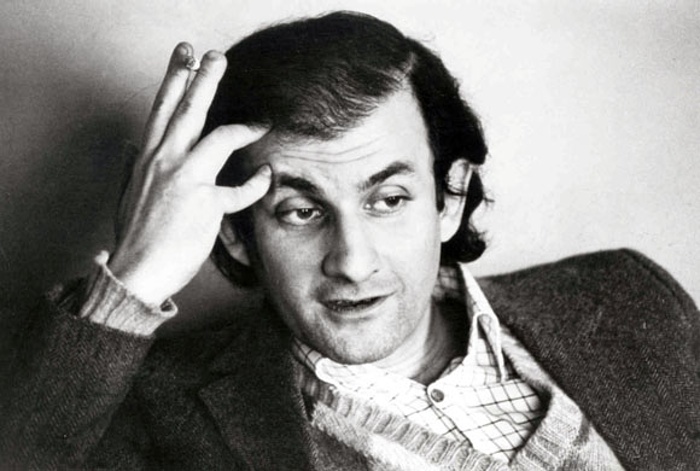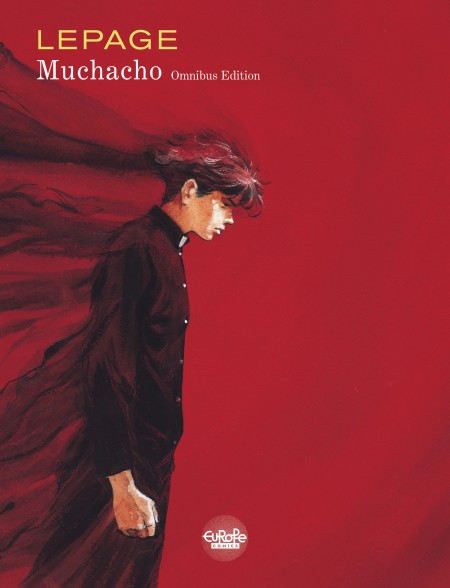The taste for poetry runs deep in Nicaragua, a country where the harshness of volcanoes is softened by the water of lakes. On our recent trip to León, we visited the family home, now a museum, of Rubén Darío (1867-1916), a writer and poet considered the father of the modernist literary movement in the Spanish-American language. Such is his importance that his name has been given to a metro stop in Madrid and a train station in Buenos Aires. He is buried in the city’s beautiful cathedral. I’ve read a few of his stories and poems, but perhaps because of the translation, I wasn’t too taken with them.
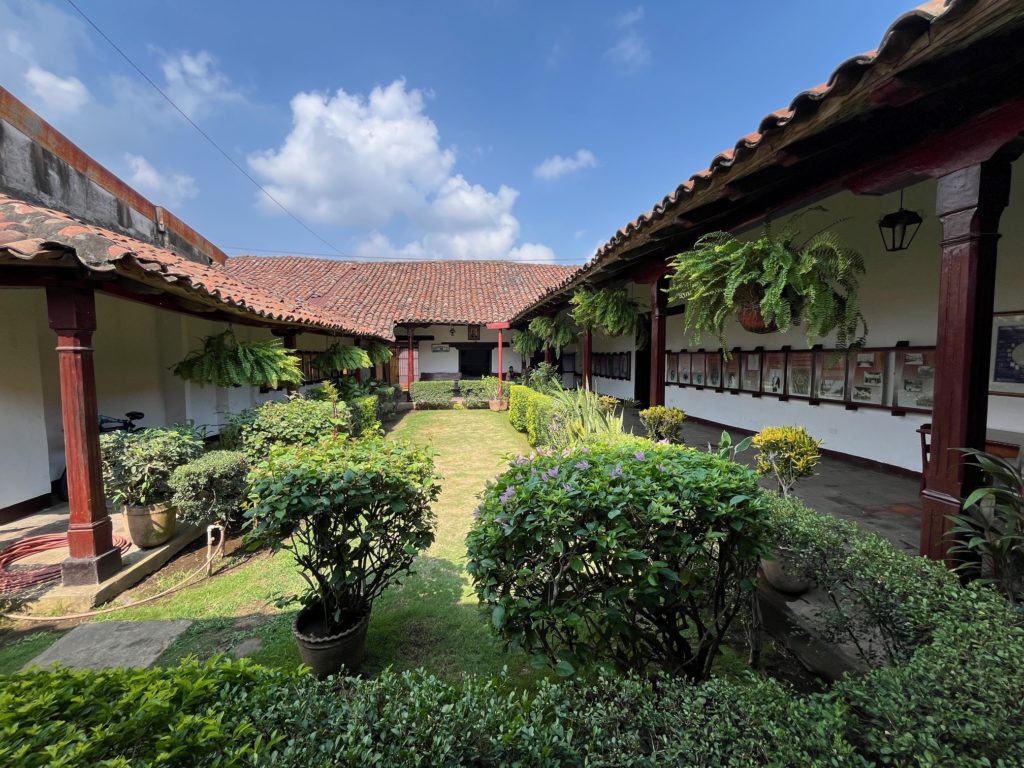
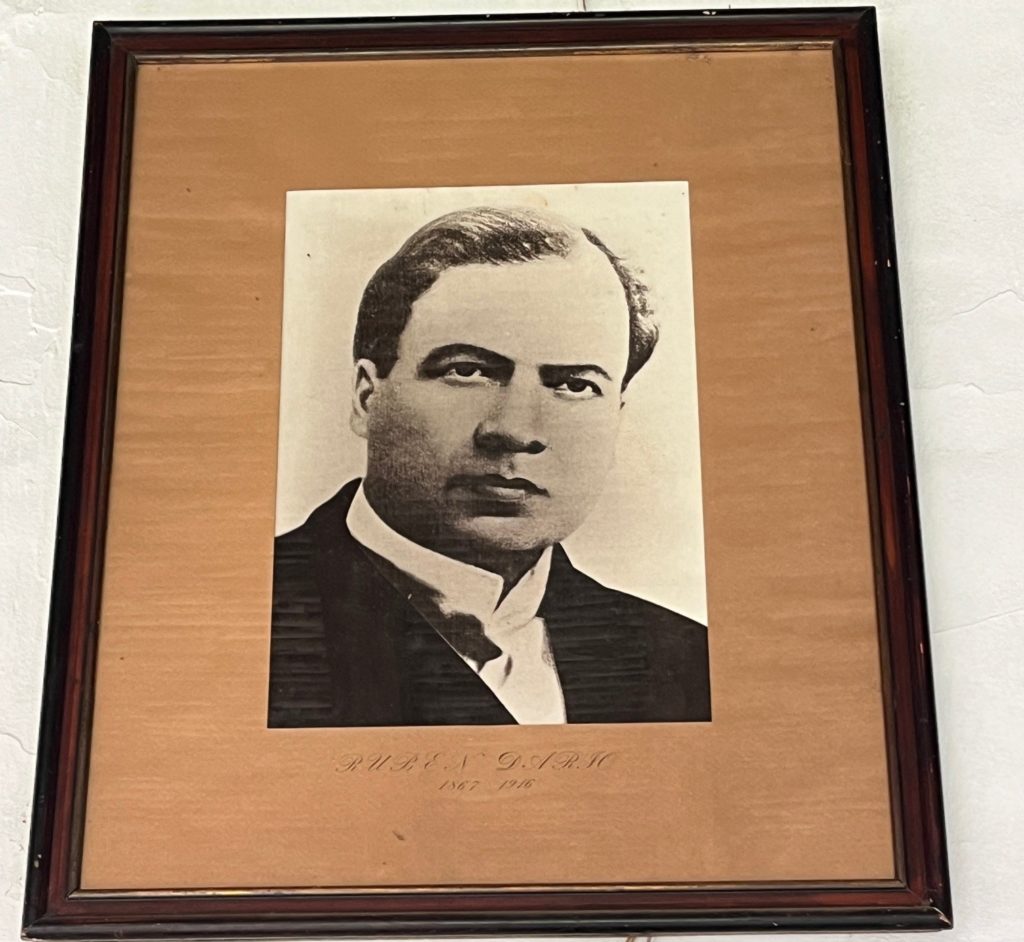
Gioconda Belli was awarded the prestigious Casa de las Américas prize for her poetry in 1978. At the time, she was in exile in Mexico as a member of the Sandinista National Liberation Front, which opposed the Somoza dictatorship. In her autobiographical account, “The Country Under my Skin. A Memoir of Love and War”, this daughter of a reputable family – her grandfather was an Italian engineer who came to work on the construction of the Panama Canal – recounts her revolutionary journey with astonishing frankness.
Despite her sheltered childhood, Belli quickly sided with the Sandinistas, who wanted to overthrow the Somoza dictatorship that was strangling the country. Under cover of a job in an advertising agency, she acted as courier and organized secret meetings in Managua between several members of the resistance. But her clandestine activities were discovered, and she was forced into exile, first in Mexico and then in Costa Rica. She returned to Nicaragua in the wake of the triumph of the Sandinista Revolution in 1979. For a time, she had some political responsibilities, notably at the radio and television station, but soon the new regime concentrated power in the hands of a few men.
She then turned to literature. Her autobiographical account, published in 2000, blends the political history of the Sandinista revolution with the ups and downs of her personal life, including her love life. She leaves her too-shy husband for a poet, then falls in love with one of the revolution’s leaders, who abandons her once in power. Finally, she finds happiness and stability with an American journalist. Her book is an unvarnished account of her crushes, and a good description of the mixture of sincerity and naivety that characterized the Sandinista revolution, a Tom Thumb that defied the American eagle.
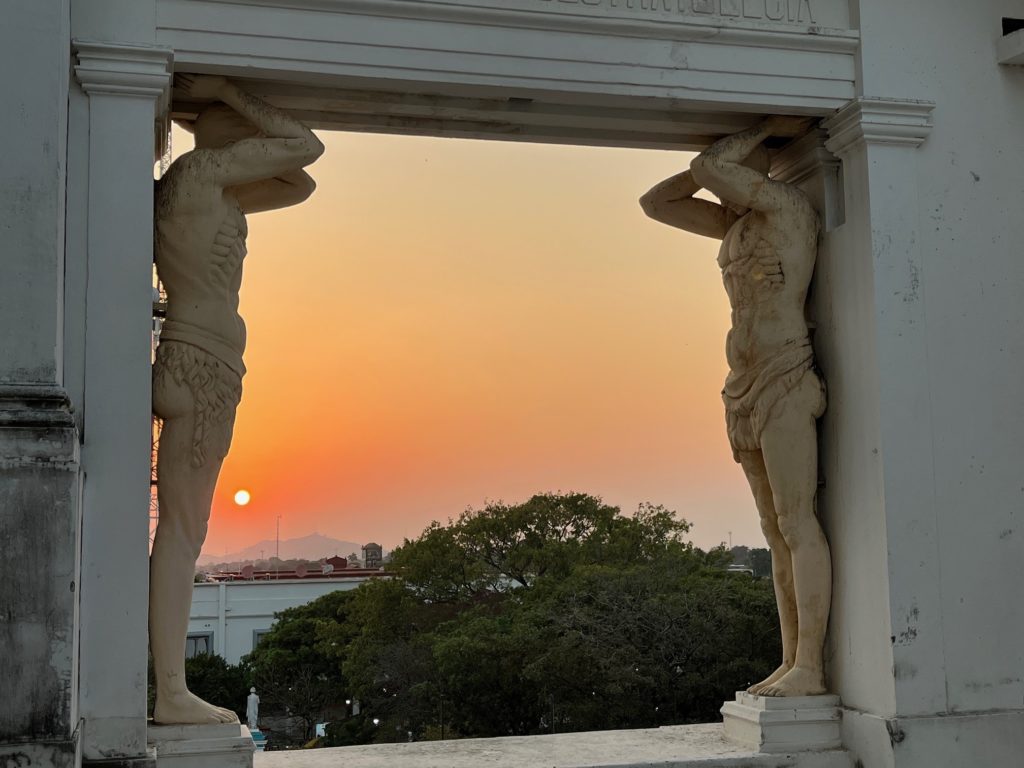
I was delighted to read Gioconda Belli’s book during our trip. It gave me a better understanding of the history of this superb and endearing country, full of cultural riches and natural beauty. I was saddened to learn that in 2023, Daniel Ortega, Nicaragua’s current president and Gioconda Belli’s former comrade-in-arms, decided to strip her of her Nicaraguan nationality because she denounced the country’s totalitarian excesses.
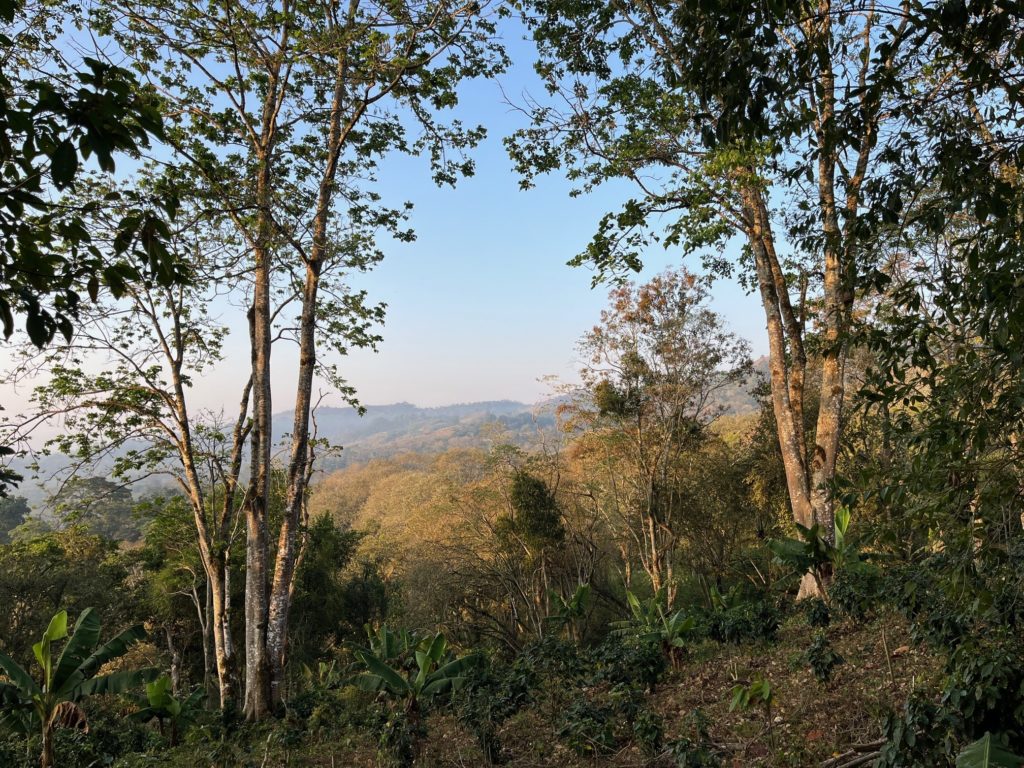
“The Jaguar Smile” is Salman Rushdie’s diary of his three-week visit to Nicaragua invited by the Sandinista government in 1986. Ronald Reagan was still president in Washington, and his administration was financing the Contras, who were trying to overthrow the revolutionaries in Managua. The famous writer of Indian origin travels to the four corners of the country, interviews, and seems to take the side of the Sandinistas, even if he regrets press censorship. He meets several poets, including Gioconda Belli, and quotes their texts in his book. Like Belli, he celebrates the beauty of the country and the generosity of its people, but, by necessity, his account is less profound and intimate.
Finally, “Muchacho” by Emmanuel Lepage is a superb comic strip that also illustrates the period of the Sandinista struggle against the Somoza regime. Gabriel is a young seminarian, son of a powerful family, who arrives in Jinotega, in the heart of the coffee-growing region, to paint a fresco in the small town’s church. Never leaving his sketchbook, he discovers the life of the modest people, the oppression and violence of the military. Gradually, his outlook and his drawings change. As events unfolded, he switches sides.
